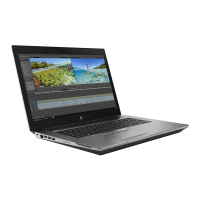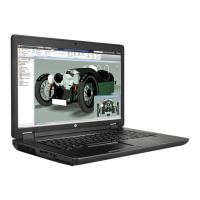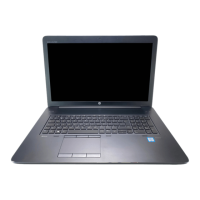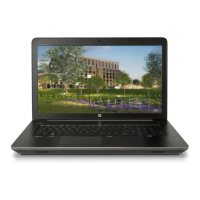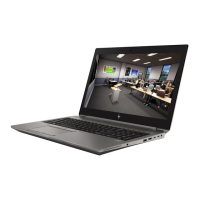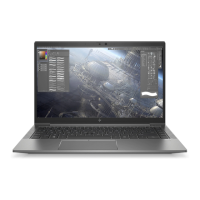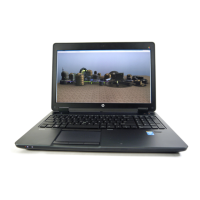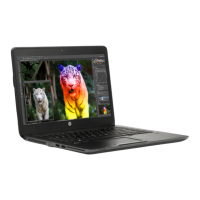Safe mode
A driver conict often results in a blue screen error message. Booting in safe mode can resolve many issues in
Windows because safe mode forces the computer to load a limited version of Windows which contains only
essential les.
Safe mode is useful for troubleshooting problems with programs and drivers that might not start correctly or
that might prevent Windows from starting correctly. If a problem does not reappear when you start in safe
mode, eliminate the default settings and basic device drivers as possible causes. Refer to the following links for
how to start your computer in safe mode:
● http://support.hp.com/us-en/document/c01835750
● http://support.hp.com/us-en/document/c03439317
12. Test with veried working conguration (hardware or operating system)
One troubleshooting technique that can quickly isolate an issue is using a veried working part while testing. A
good example is to use an external keyboard, mouse, or VGA monitor when you have issues with an internal
keyboard, touchpad, or display.
Testing with a veried working AC adapter can identify an error caused by a faulty one. Similarly, testing with a
veried working operating system can determine bad behaviors of the current operating system. See Non HP
diagnostics tools on page 111 for instructions about obtaining and using a Windows-To-Go USB.
NOTE: In some situations, more than one item may contribute to a problem.
13. Replace the system board
Only authorized service providers may replace the system board. This should not be considered an initial step
taken to resolve an issue.
Review and perform all steps discussed previously before replacing the system board. 4. Update BIOS and
drivers on page 107, 7. Status lights, blinking light codes, troubleshooting lights, and POST error messages
on page 112, 8. Hard reset on page 115, and 9. Soft reset (Default Settings) on page 116, or 10. Reseat cables
and connections on page 116 can resolve many system board issues without requiring the eort of replacing
unnecessary hardware.
IMPORTANT: System board failure is not common. Do not replace the system board until you have tried all
other troubleshooting options.
NOTE: Determine whether a previous service case might be related to the current problem. For example, a fan
detection issue could be caused by a loose connection resulting from previous service.
TIP: Without an RTC battery (3 V coin-cell battery), the computer automatically reboots. This feature is useful
when the power connector cable (between external AC adapter and system board) is defective.
ENWW General troubleshooting steps 119
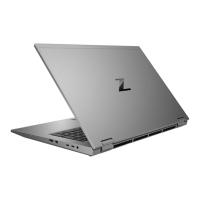
